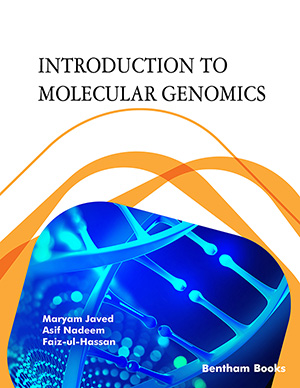Abstract
The molecular machines that replicate the genome consist of many interacting components. Essential to the organization of the replication machinery are ring-shaped proteins, like the prokaryotic β-clamp or eukaryotic PCNA (Proliferating Cell Nuclear Antigen), collectively named sliding clamps. They encircle the DNA molecule and slide on it freely and bidirectionally. Sliding clamps are typically associated to DNA polymerases and provide these enzymes with the processivity required to synthesize large chromosomes. Additionally, they interact with a large array of proteins that perform enzymatic reactions on DNA, targeting and orchestrating their functions. In recent years there have been a large number of studies that have analyzed the structural details of how sliding clamps interact with their ligands. However, much remains to be learned in relation to how these interactions are regulated to occur coordinately and sequentially. Since sliding clamps participate in reactions in which many different enzymes bind and then release from the clamp in an orchestrated way, it is critical to analyze how these changes in affinity take place. In this review I focus the attention on the mechanisms by which various types of enzymes interact with sliding clamps and what is known about the regulation of this binding. Especially I describe emerging paradigms on how enzymes switch places on sliding clamps during DNA replication and repair of prokaryotic and eukaryotic genomes.
Keywords: DNA replication, DNA repair, PCNA, beta clamp, DNA polymerase, MutS.


















